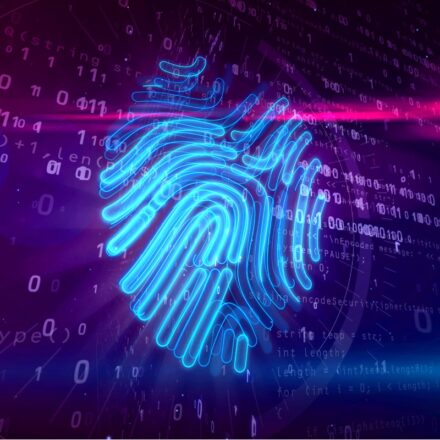The increasing shift to remote work has introduced new complexities to organizations’ efforts to secure their IT infrastructure, while cyberattacks continue to increase in volume and sophistication. With the average cost of a data breach rising to $4.35 million this year, just one successful attack can cause lasting financial and reputational damage to a company. IT and security professionals are under increased pressure to help their organizations modernize their defenses and stay ahead of threats.
Endpoint security is a particular concern for organizations, as it’s an entry point for many types of attacks. There are any number of defensive tactics companies can take, from ensuring strict supply chain protocols, to equipping employees with secure devices, to deploying software across their fleet for threat hunting. These solutions can be integrated to help trigger alerts for IT when a system detects an issue like a corrupted BIOS in a PC, which can leverage automation to quarantine the device. While important, however, these measures only partially solve the problem.
The foundation of device security really is management: updating and patching drivers and operating systems to reduce the attack surface and ward off potential threats. Up-to-date OS, drivers and software fortify the “first line of defense” – your PCs. Why is this important? Researchers found approximately 88% of all data breaches are a result of an employee mistake, and 69% of organizations experienced some type of cyberattack due to a poorly managed internet-facing asset. Even with these statistics, device management is rarely a “hot topic” in IT admin circles and mostly follows the line of, “if it isn’t broken, don’t fix it.” This disconnect between manageability and security has the potential to compromise your organization’s security at precisely the moment when defenses should be at their highest level. And as research shows, the proliferation of point solutions has only made manageability even more challenging.
How to Evolve
Endpoint management capabilities help ensure the best possible security profile. Expanding endpoint security capabilities into endpoint management is an emerging approach that adds additional insight and control, bridging the gap between SecOps and ITOps and helping organizations stay secure.
Being one of the world’s largest endpoint vendors, Dell can offer a unique perspective. We have long delivered secure devices that help enable integration and interoperability of systems. Today, we continue to lead the market in releasing new capabilities that help organizations leverage existing tools to more completely – and more easily – manage Dell PCs.
As you assess your environment for what’s working well and what may need improvement, Dell suggests five key areas you should consider in your plans:
-
- Embrace cloud-based device management to allow IT to better control and deliver application and OS updates, which often affect end-user experience. The ability to test, schedule and roll out changes to designated devices from one place can increase consistency and simplify updates across entire fleets. Many organizations have expanded to include both cloud and traditional server-based management of client devices, which provides more flexibility for situations where management must remain on-premises for business reasons.
- Explore remote provisioning for low/no-touch deployment of devices. As demand for devices grows amidst an increasingly remote workplace environment and organizations explore bring-your-own-device policies, look for endpoint services that help simplify deployment and free IT staff for other critical work.
- Improve real-time visibility into all your endpoints. Do you have telemetry flowing in from every layer? Do you have direct insight, like BIOS-level tamper alerts? This visibility and observability across your fleet is critical and can give you early warning of threats lurking within your devices.
- Explore AI/ML-based technologies to help automate key workflows (e.g., application provisioning, updates and problem detection) and, more importantly, improve responsiveness. Using device telemetry as inputs to AI/ML engines is a great opportunity to enhance many aspects of endpoint management. Remember, telemetry is only as good as your integrations. If telemetry is already in place, see if you can make sense of and action all that data.
- Balance security protocols and policies with end-user experience. Based on research by Absolute and Tessian, not only have the number of devices on a corporate network grown significantly during the pandemic, but employees also admit they’re less likely to follow safe data practices when working remotely. If the device doesn’t fully function or attempts to shut down abruptly for updates, this impacts end-user experience and productivity, leading to unsafe workarounds. Good management practices, as we’ve highlighted above, can help improve the end-user experience and enhance compliance.
In short, there are several pathways to help close the IT/Security gap that many organizations face today. In our cloud-based world, where even the smallest vulnerability left unchecked is a potential nightmare, it’s important that all systems work together.
And it goes without saying that Dell is here to help. Our endpoint management experts work with hundreds of organizations around the world to identify goals, define challenges, uncover opportunities and develop plans for a modern, tailor-made approach to help improve overall security posture. Consider scaling your security and device management with an experienced partner like Dell to help you move from where you are to modernize. We can help ease the IT burden with a holistic suite of endpoint security solutions designed to simplify IT and improve user productivity by streamlining threat prevention, monitoring, protection and management.
To learn more, please reach out to your Dell sales representative.


